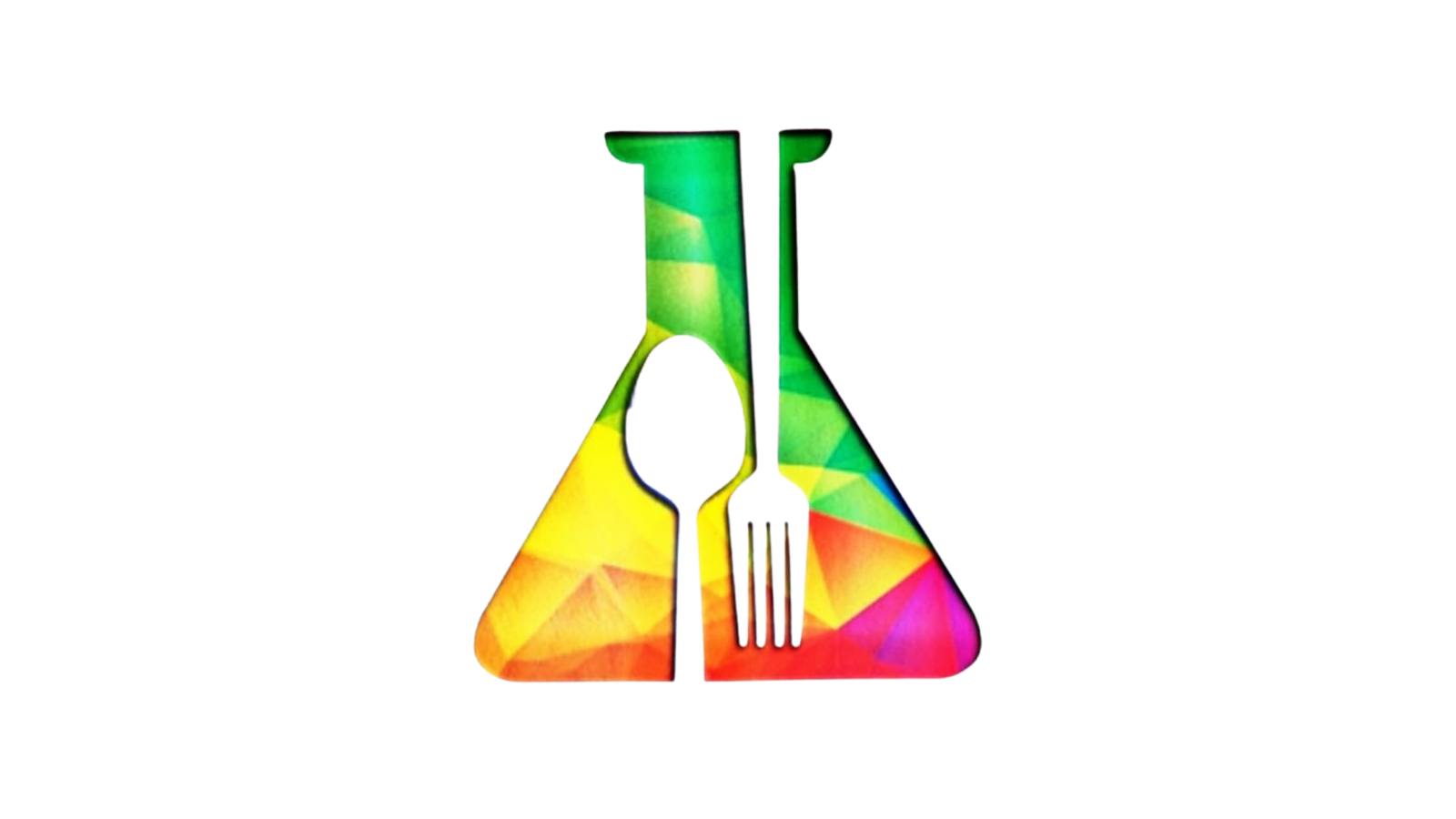Q. “This regulation provides an infrastructure that can control the cleanliness of food premises and food safety in the country to protect the public”
- Food Act 1983
- Food Regulation 1985
- Food Hygiene Regulations 2009
- Food Irradiation Regulations 2011
Answer: c)
Food Hygiene Regulations 2009 provides an infrastructure for cleanliness of food premises.
Q. The importance of Food Law is to
- To increase customer level of confidence
- To improve food safety and enhance process control
- To expand market potential/access and maximize profit
- to protect the public against health hazards and fraud in the preparation, sale and use of food
Answer: d)
The aim of the general food law is to protect public health and consumers’ interest in relation to food. The regulation applies to all stages of production, processing and distribution of food and feed with the exception of domestic activities.
Q. How long does a food handling certificate last
- Valid for 3 years
- Valid for 5 years
- Valid for 10 years
- Valid for a lifetime period
Answer: d)
While there is no expiry date on the certificates issued, it is widely recognised within the industry that food hygiene certificate renewal should take place every three years.
Q. Food Regulation 1985 has ____________ components.
- 3
- 5
- 7
- 10
Answer: d)
Food regulation 1985 has 10 components.
Q. Inspect domestic and imported meats, poultry and processed meat and poultry product. It’s also maintains a list of approved facilities for meat and poultry processing. This statement refer to
- USDC
- USDA
- FDA
- NMFS
Answer: b)
Two government agencies, the U.S. Department of Agriculture and the Food and Drug Administration, share most of the responsibility of food safety inspection. … Technically, the USDA is responsible for the safety of meat, poultry and egg products, while the FDA regulates all other foods.







